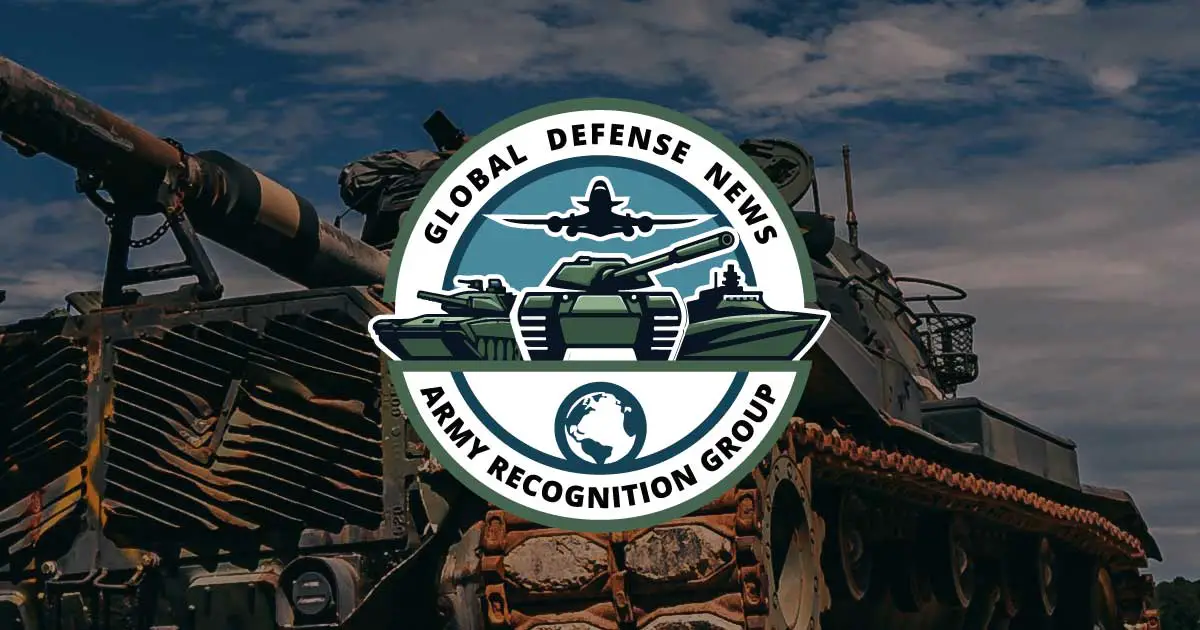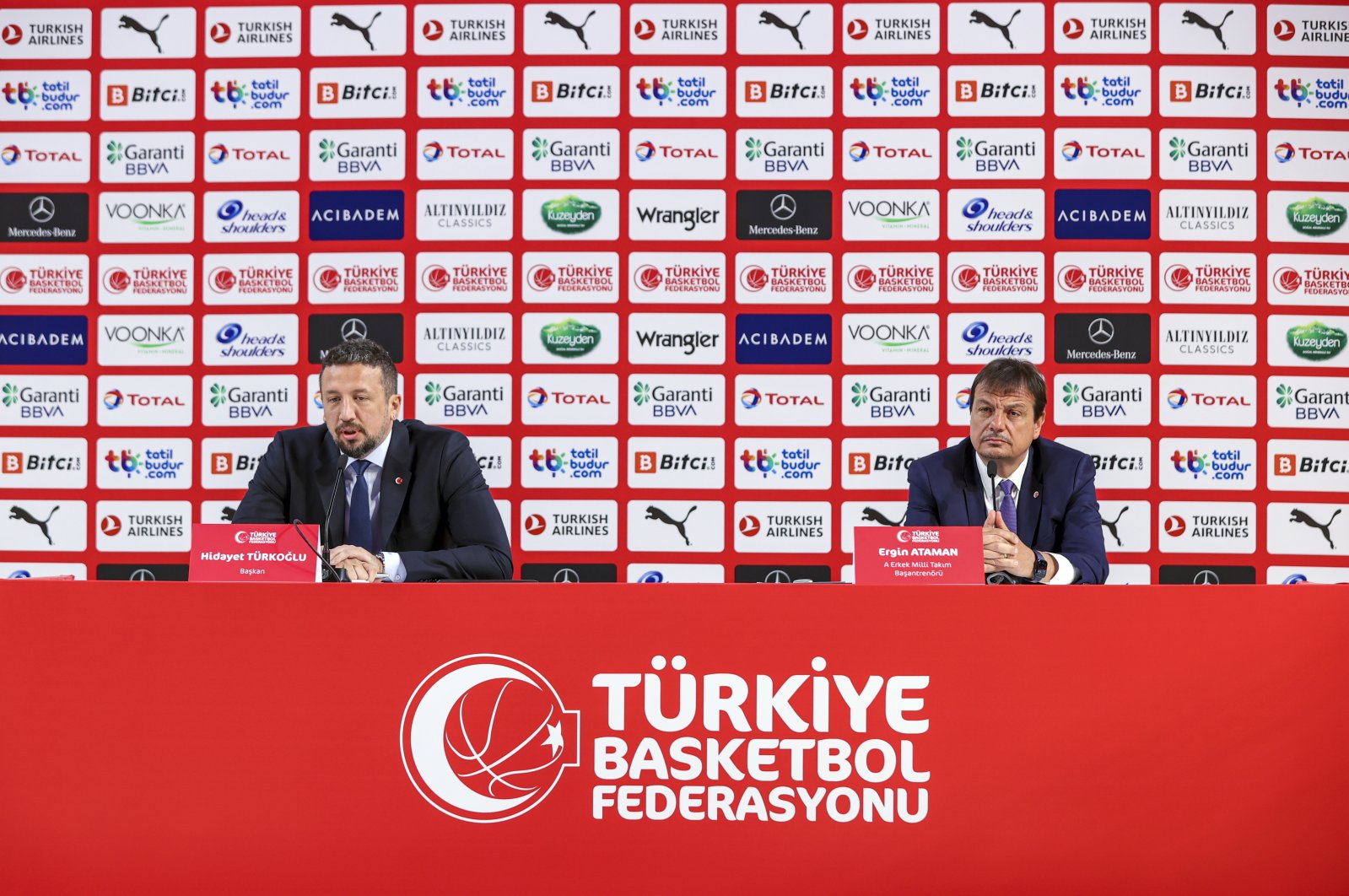Türkiye Eyes 40 Eurofighter Fighter Aircraft to Boost Air Power Capabilities
According to Bloomberg, Türkiye is on the verge of concluding a deal with the Eurofighter consortium to acquire 40 Eurofighter Typhoon fighter jets. This strategic negotiation reportedly took place on the sidelines of the NATO summit in Washington, which was held from July 9 to 11, 2024. The agreement aims to modernize the Turkish Air Force by incorporating the Typhoons, with the leaders of the four member countries of the consortium directly involved in the discussions.
Follow Army Recognition on Google News at this link
Eurofighter Multirole Combat Aircraft (Picture source: Army Recognition)
To finance this contract, which could well be around €8 to €10 billion, Turkish government would be ready to reduce the volume of the order for 40 F-16Vs and 80 modernization kits for its F-16 C/D, a contract worth €23 billion. $ for the American defense industry, announced a few months ago.
On this occasion, Turkish President RT Erdogan would have spoken directly with his German counterpart, Olaf Scholz, about this program, as well as the acquisition of naval engines for Turkish frigates, and Siemens turbines, for its nuclear plant.
According to Turkish statements, Ankara’s now fully expressed interest in the Eurofighter Typhoon, rather than for F-16Vs, would be the consequence of the delivery, by France, of fighters Rafale to Greece, and the announcement made by Athens, regarding its intention to acquire the American F-35, of which Türkiye remains deprived.
The Eurofighter Typhoon is a multi-role combat aircraft developed by a consortium of European aerospace companies, including Airbus, BAE Systems, and Leonardo. Designed for a wide range of air operations, the Typhoon features a delta wing and canard configuration, providing significant maneuverability. The aircraft is intended to meet both current and future operational needs, with continuous upgrades keeping it updated with combat aviation technology. It has a maximum takeoff weight of 23,500 kg and a maximum speed of Mach 2.0.
Powered by two Eurojet EJ200 afterburning turbofan engines, each providing 60 kN (13,000 lbf) of thrust dry and 90 kN (20,000 lbf) with an afterburner, the Eurofighter Typhoon can reach a maximum speed of 2,125 km/h or Mach 2.35 at high altitude and 1,530 km/h or Mach 1.25 at sea level. It has a supercruise capability at Mach 1.5, a maximum range of 2,900 kilometers, and a service ceiling of 19,812 meters (65,000 feet).
The Typhoon’s armament includes a 27 mm Mauser BK-27 revolver cannon with 150 rounds and 13 hardpoints (8 under-wing and 5 under-fuselage) capable of carrying over 9,000 kg of payload. In air-to-air combat, the Eurofighter Typhoon can climb at a rate of 315 meters per second (62,000 feet per minute). It is equipped with advanced radar and targeting systems, including the Captor-E AESA radar, capable of tracking up to 20 targets simultaneously and engaging them with precision. Its armament includes air-to-air missiles such as the AIM-120 AMRAAM, MBDA Meteor, IRIS-T, AIM-132 ASRAAM, and AIM-9 Sidewinder for beyond-visual-range (BVR) engagement.
The Eurofighter Typhoon also performs well in air-to-ground missions. It can carry precision-guided munitions, including Paveway IV laser-guided bombs, Storm Shadow cruise missiles, Brimstone anti-tank missiles, Taurus air-to-surface missiles, and AGM-88 HARM anti-radiation missiles. Its targeting pod, the LITENING III, allows for accurate identification and engagement of ground targets under various weather conditions. This capability supports roles such as close air support, interdiction, and strategic strike missions. Furthermore, the Typhoon can also carry anti-ship missiles such as the Marte ER and the Joint Strike Missile (JSM).
The aircraft’s avionics and electronic warfare systems are advanced. The Defensive Aids Sub System (DASS) offers protection against threats such as radar-guided and infrared-guided missiles. It includes communication and data link systems like Link 16 for integration with other air and ground assets, enhancing situational awareness and coordination in complex environments. Additionally, the Typhoon is equipped with an Infra-Red Search and Track (IRST) system for passive target detection.
Ongoing upgrades and modernization programs help maintain the Eurofighter Typhoon’s operational effectiveness. Recent enhancements include the Phase 4 Enhancement (P4E) package, which integrates the new ECRS Mk2 AESA radar to improve electronic warfare and attack capabilities. This radar can detect, identify, and track multiple targets in the air and on the ground simultaneously. The Praetorian Defensive Aids Sub-System (DASS) is also being upgraded to enhance survivability against modern threats, including infrared and radar-guided missiles, through initiatives such as the Praetorian eVolution roadmap.
Türkiye is targeting the acquisition of the Eurofighter Typhoon in a complex geostrategic context, marked by tensions, particularly with Greece, its historic neighbor and rival. This choice of armament can be seen as a direct response to Greece’s recent arming, which has acquired Rafale jets from France and is considering the acquisition of American F-35s. These developments enhance Greek aerial capacity, which could potentially alter the balance of forces in the region.
Furthermore, Turkiye was excluded from the American F-35 program after its acquisition of the Russian S-400 air defense system, which raised concerns among its NATO allies about the security of sensitive technologies. Although this exclusion is not necessarily final, it has nonetheless created an urgent capability gap in the Turkish Air Force, necessitating a viable alternative to maintain its aerial superiority in the region. The Eurofighters, being a common European platform produced by a consortium including Germany, the United Kingdom, Italy, and Spain, offer a strategic option for Turkey to diversify its defense supply sources and reduce its dependence on American systems. In this regard, Türkiye has embarked on the development of indigenous military aircraft like the TAI KAAN, a 5th generation fighter jet.
This pivot towards the Eurofighter Typhoon is therefore strategic for Türkiye, allowing it to enhance its defense capabilities while navigating the political complexities of its relationships with the United States and Europe. It also enables Ankara to signal to its allies and regional adversaries that it remains a capable and resilient military actor, despite geopolitical challenges and sanctions.



